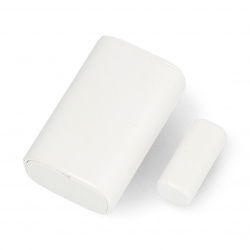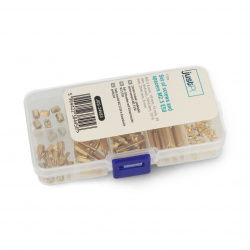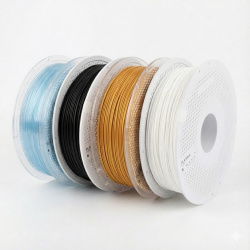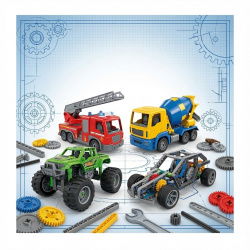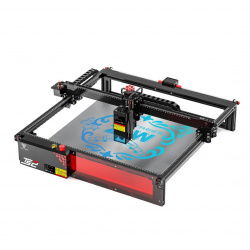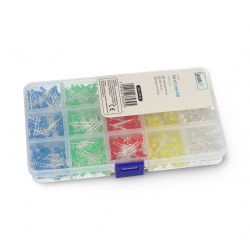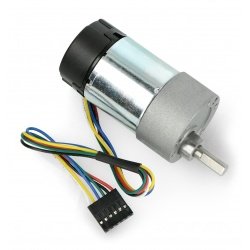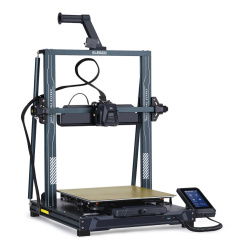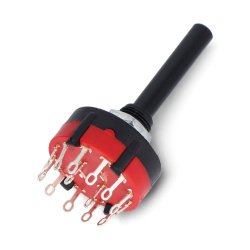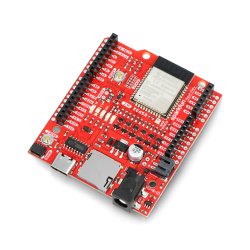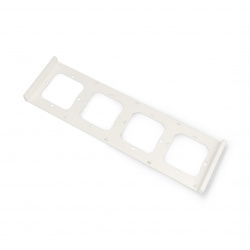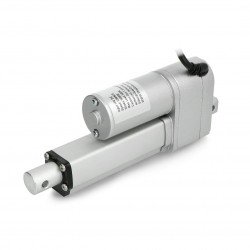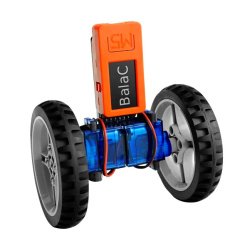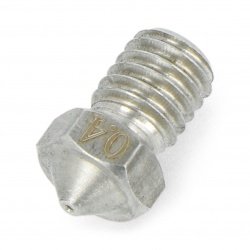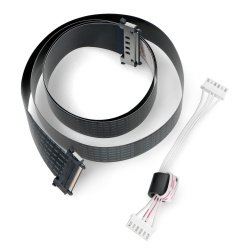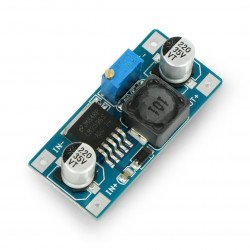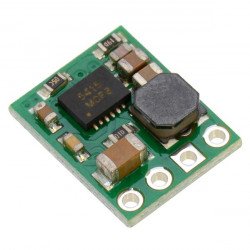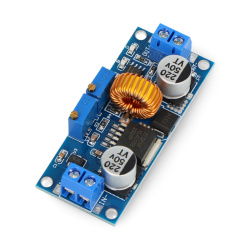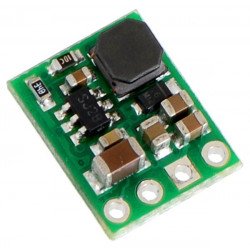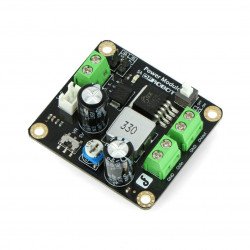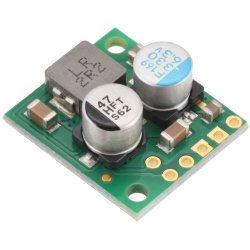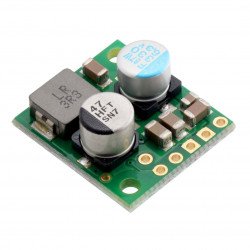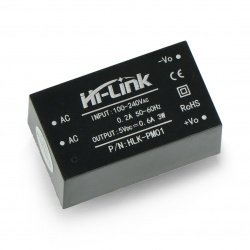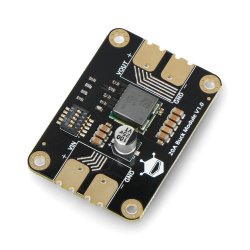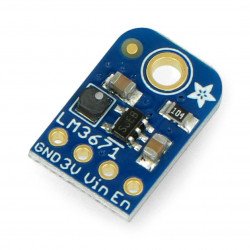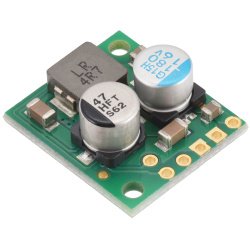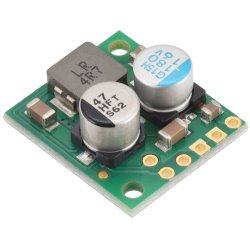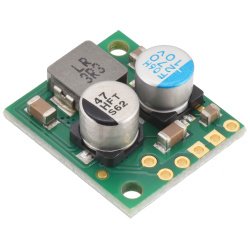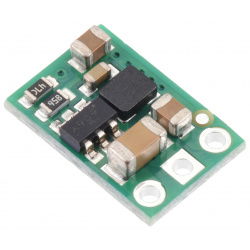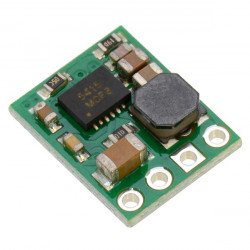Stabilizers and converters.
Step-down converters that you can get in our Botland store are an alternative to linear stabilizers with much greater capabilities. Linear stabilizers are used to maintain a constant output voltage by using an additional element, usually a transistor. The regulatory system monitors the output voltage and, if necessary, corrects the voltage, which allows for no disturbances in the power supply, all at a low purchase cost and simplicity of operation, but not without drawbacks. The surpluses are converted into heat and it is not possible to change the voltage, which is where an alternative comes in the form of step-down converters.
Principle of operation of step down converters
Pulse converters work on a simple principle: the electronic system contains a coil that is cyclically connected to the power source. If the voltage in it is added to the input, it is a voltage-boosting system, otherwise it is a voltage-lowering system. However, there is a problem with such systems, namely the coil requires charging with current. During charging, the receiver connected to the output cannot be powered. To avoid output voltage fluctuations, a capacitor is used as a filter. Despite this, this solution is not perfect, the output voltage always fluctuates. Excessive interference may cause the entire system to malfunction.
Application of converters.
Step-down converters are used to convert DC voltage, which they do with high efficiency due to low power losses. This makes the converters perfect for battery-powered systems. Stabilizers convert excess voltage into heat, and converters, thanks to their high efficiency, heat up almost imperceptibly. It must be remembered that raising the voltage is usually less efficient than lowering it, so it is better to have a high supply voltage and lower it than too low and raise it.
Step-down converters - FAQ































































































































































































































































































































